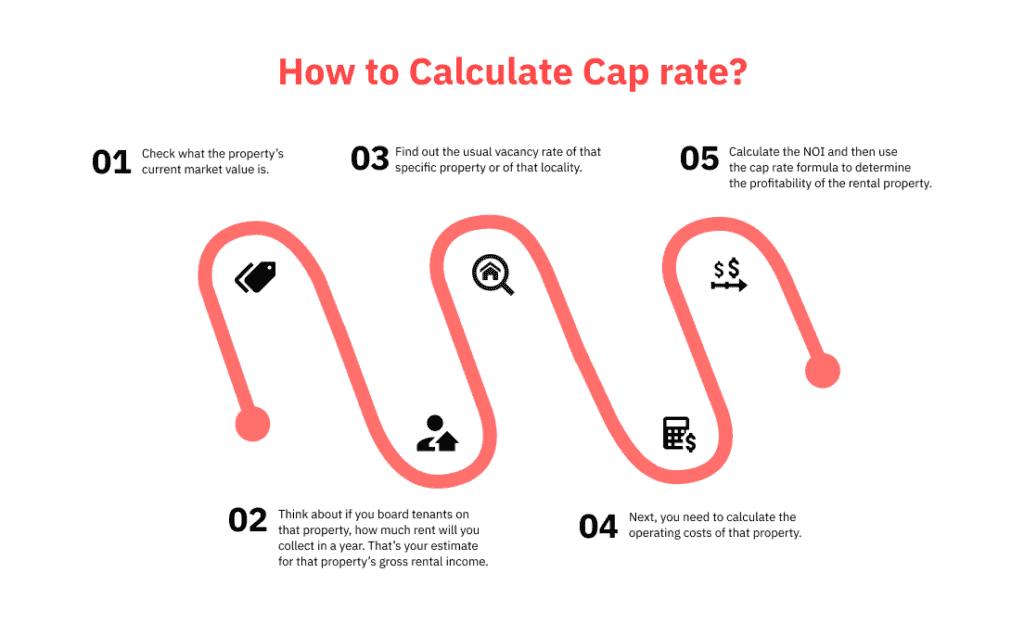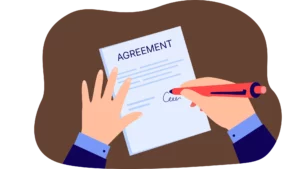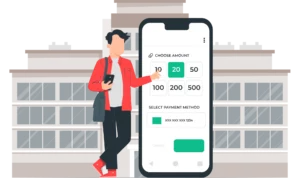Before investing in a property, you must ensure it gives you good returns. Cap rate or Capitalization rate is one of the fundamental indicators of that. It’s instrumental in building a diverse and profitable real estate portfolio and strengthening your investment efforts. Wondering what is a good cap rate? Read on!
Cap rates are also an excellent risk assessment metric for rental property owners and lending organizations. It can also help you efficiently shape your real estate investment strategies and hit your desired targets.
For instance, if you are an investor seeking high returns, you should target properties with higher cap rates. But if you want to create a passive income with lower risk, properties with lower cap rates will be ideal for you.
In short, cap rates are important for both amateur and experienced rental property investors. But it can seem tricky if you are venturing into the real estate space. To simplify the concept, here is our guide to determining a good cap rate while looking into properties.
What Is Capitalization Rate?
The capitalization rate (cap rate) is a crucial metric used in commercial real estate to estimate the potential return on investment (ROI) for a property. It represents the ratio of a property’s net operating income (NOI) to its market value or purchase price, expressed as a percentage. By dividing the NOI by the property’s value, investors can gauge the expected rate of return on their investment.
The cap rate is particularly useful for quickly comparing the relative value of similar real estate investments in the market. It provides a quick snapshot of a property’s potential profitability and can help investors identify undervalued or overvalued properties. Additionally, the cap rate is used to determine the exit rate or terminal capitalization rate when a property is sold at the end of the projected holding period.
However, it’s important to note that the cap rate should not be the sole factor in investment decisions. It does not account for leverage, the time value of money, or future cash flows from property improvements. These factors can significantly impact the overall return on investment. Therefore, investors should consider multiple factors, including cash flow analysis, market trends, and risk assessment, to make informed decisions.


How to Calculate Cap Rate?
There are several methods of calculating a rental property’s cap rate. However, let’s focus on the most basic one for now.
Here’s the formula to calculate the cap rate:
Cap Rate = (Net Operating Income/Fair Market Price) X 100
Here, the Net Operating Income (NOI) stands for the amount of profitability a real-estate asset can generate in a year. Here is how you can calculate it:
NOI = Gross Rental Income – Operating Expenses
Here, the operating expenses should include operating costs for when the rental property remains vacant.
What Is A Good Cap Rate?
There is no universal “good” capitalization rate (cap rate) for real estate investments, as it depends on several factors:
- Property type and location: Commercial properties in prime areas tend to have lower cap rates (4-6%) compared to properties in less desirable areas which may have cap rates between 8-12%. Residential properties generally have higher cap rates than commercial.
- Property condition and tenants: Well-maintained properties with high-quality tenants tend to have lower cap rates, as they are considered less risky investments.
- Investor’s risk tolerance: Investors seeking stable, low-risk investments may prioritize properties with lower cap rates, while those willing to take on more risk may target higher cap rates for potentially higher returns.
- Market conditions: Cap rates are influenced by factors like interest rates, rent growth, GDP, and unemployment. When the economy is strong, cap rates tend to be low.
In general, market analysts consider cap rates between 5-10% to be ideal, with the exact number depending on the specific property and investor. However, some aggressive investors may avoid properties with cap rates below 8% or insist on double-digit cap rates.
It’s important to note that cap rates should not be used in isolation to evaluate investments. Other key factors to consider are cash flow analysis, return on equity, and the property’s long-term appreciation potential. Investors should carefully analyze each opportunity based on their goals and risk tolerance.
What Are The Limitations Of Using Cap Rate?
There are several key limitations to using the capitalization rate (cap rate) when evaluating real estate investments:
- Cap rates are based on past performance and may not accurately reflect future income and expenses. They are calculated using 12 months of net operating income, which may not be representative of the asset’s long-term performance.
- Cap rates do not account for debt financing. They are calculated based on the property’s net operating income divided by its market value, without considering any mortgage payments. This can limit their usefulness for investors planning to use debt.
- Cap rates assume the property is stabilized and operating at market occupancy and rents. They are not as useful for evaluating value-add properties with below-market rents or occupancy.
- Cap rates do not factor in the time value of money or the property’s holding period. A higher cap rate does not necessarily mean a better investment, as the return must be evaluated in the context of the holding period and risks.
- Cap rates do not account for the property’s appreciation potential or the investor’s desired return on equity. A property with a low cap rate may still be a good investment if it is expected to appreciate significantly.
- Cap rates are based on assumptions about future income and expenses. If these assumptions prove inaccurate, the cap rate will not reflect the actual return on investment.
The Bottomline
While the cap rate formula is quite straightforward, you must not take its importance in real estate investment lightly. You need to calculate every element carefully to get the right numbers.
Therefore, checking metrics like rental pricing in your chosen locality, their occupancy rate, and the property maintenance cost in that neighborhood are necessary.
But should you rely on just “asking around” and making assumptions? Chances are, your numbers will be inaccurate, and you will invest in a property that doesn’t align with your revenue targets.
With PriceLabs, you will get precise insights into the rentals in a locality. From current market price to occupancy rate, our algorithm will detect every relevant real-estate trend and help you invest in the best rental properties. Our clean and comprehensive market dashboard will give you an overview of the rental market and enable you to check the investment potential of each property.
Sign up for your free trial today to calculate the accurate cap rates and make the best investment decisions!
Frequently Asked Questions (FAQs)
1. Is A Higher Cap Rate Better?
Not necessarily. If your cap rate is 8%, it means that it will take you 8 years to get your investment back. A lower value cap rate corresponds to better valuation, better prospect of returns, and a lower level of risk. On the other hand, a higher value of cap rate implies relatively lower prospects of return on investment, and a higher level of risk.
2. What Is The Best Cap Rate For Rental Property?
A “good” cap rate varies depending on the investor, the property, and the market. Generally, the higher the cap rate, the higher the risk and even the returns. Market analysts have said that an ideal cap rate is between 5 and 10 percent; the exact number will depend on the property type and location.
About PriceLabs
PriceLabs is a revenue management solution for the short-term rental and hospitality industry. It was founded in 2014 and is headquartered in Chicago, IL. Our platform helps individual hosts and hospitality professionals optimize pricing and revenue management. It does so by adapting to changing market trends and occupancy levels.
With dynamic pricing, automation rules, and customizations, we manage pricing and minimum-stay restrictions for any portfolio size, with prices automatically uploaded to preferred channels.
Every day, we price over 300,000+ listings globally across 135+ countries, offering world-class tools like the Base Price Help and Minimum Stay Recommendation Engine. Choose PriceLabs to increase revenue and streamline pricing and revenue management. Sign up for a free trial at pricelabs.co today.









